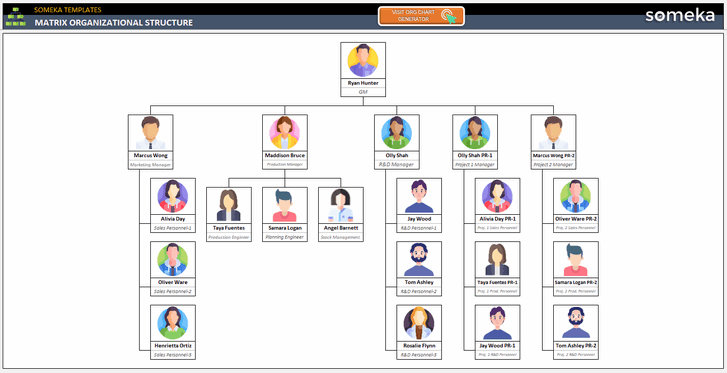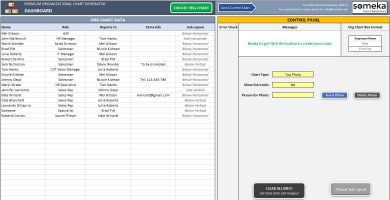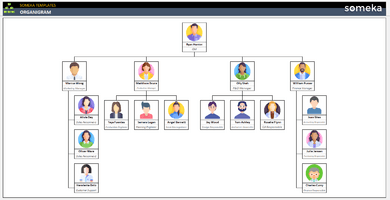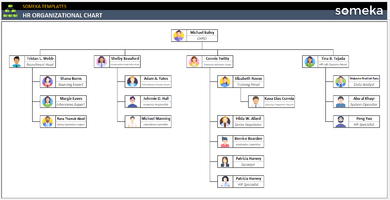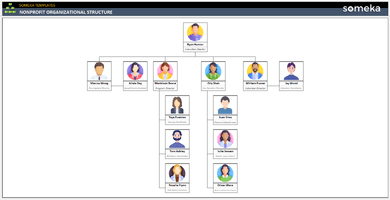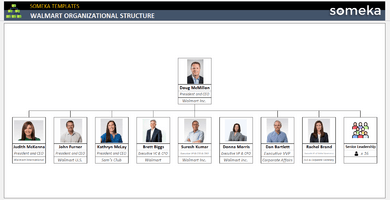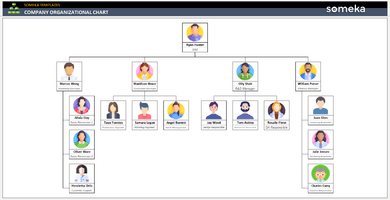The matrix organizational structure is a combination of functional and project-based org charts. The principles of matrix organizational charts are based on taking the maximum effectiveness and productivity from the employee teams. Most matrix organizational charts demand 2 different reporting lines. One for general org chart missions and the other for projects that they deal with currently.
In this way, all employees deal with two main responsibilities. The crew should be more holistic than analytic. Holistic teams can carry out a couple of missions at the same time. If you have a pretty busy production line with a holistic team, the matrix organizational structure is a great org chart type for you!
In today’s complex business landscape, organizations often adopt a matrix organizational structure to effectively manage projects and cross-functional teams. The matrix structure combines elements of both functional and project-based organizational structures, allowing for greater flexibility and collaboration.
In a matrix organizational structure, employees are grouped by both function and project. They have dual reporting lines, with functional managers overseeing their expertise areas and project managers providing guidance on specific projects. This arrangement facilitates efficient resource allocation, shared expertise, and better communication across departments.
Key Features of a Matrix Organizational Structure:
- Dual Reporting Lines: Employees report to both functional managers and project managers, ensuring clear accountability and coordination.
- Cross-Functional Teams: Individuals from different departments or disciplines collaborate on projects, leveraging diverse skills and perspectives.
- Enhanced Communication: The matrix structure promotes open communication channels across functional units and project teams, facilitating information sharing and problem-solving.
- Flexible Resource Allocation: Resources can be allocated based on project needs, allowing for efficient utilization and optimization.
- Shared Expertise: Employees can leverage the knowledge and skills of colleagues from different areas, fostering cross-functional learning and professional growth.
While matrix structures offer numerous advantages, they can also present challenges. These may include potential conflicts in authority, role ambiguity, and the need for effective coordination between multiple managers. However, when implemented and managed properly, the matrix organizational structure can drive innovation, collaboration, and agility within an organization.
Also, you can compare the matrix organizational chart with the current org chart that you use. Either you can merge them or take some insights and use your current org chart.
Lastly, we have created 2 different versions of the matrix organizational structure template. You can find PDF and Excel versions with the above buttons.
